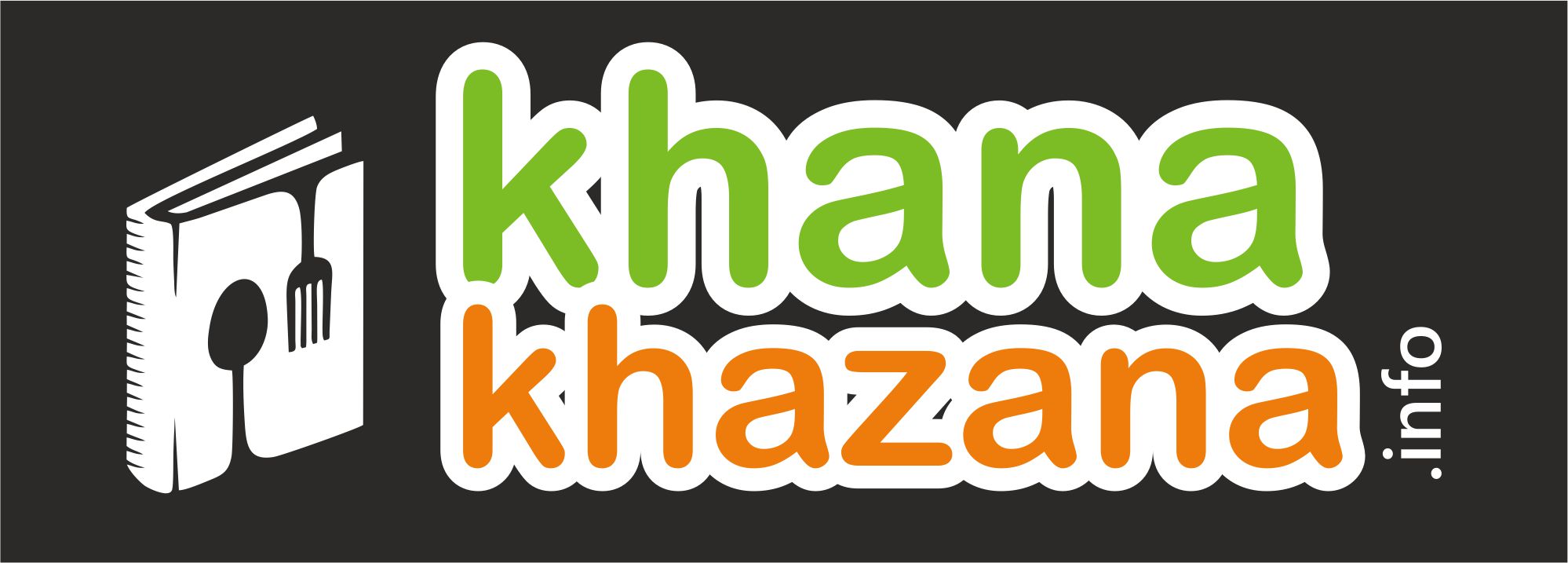Cracking the Code: A Guide to Decoding Food Labels for Informed Food Choices
Have you ever stood in the grocery store aisle, squinting at the tiny print on a food label, trying to decipher what it all means? You're not alone. Understanding food labels is a crucial skill for making informed, healthier choices in your diet. In this blog, we'll delve into the complex world of food labels, breaking down the terminology, nutritional information, and ingredient lists, empowering you to make smarter choices during your next shopping trip.

Introduction
Have you ever stood in the grocery store aisle, squinting at the tiny print on a food label, trying to decipher what it all means? You're not alone. Understanding food labels is a crucial skill for making informed, healthier choices in your diet. In this blog, we'll delve into the complex world of food labels, breaking down the terminology, nutritional information, and ingredient lists, empowering you to make smarter choices during your next shopping trip.
The ABCs of Food Labels
Before diving into deciphering food labels, let's cover the basics of what you'll typically find on a packaged food product.
1. Nutrition Facts Panel
-
Serving Size: Understand the serving size and the number of servings per package. This is vital for accurately interpreting the rest of the information.
-
Calories: Learn about the caloric content and how it relates to your daily caloric needs.
-
Macronutrients: Discover the amounts of carbohydrates, fats, and proteins, and their respective daily values.
-
Vitamins and Minerals: Find out how to evaluate the presence and percentages of essential vitamins and minerals.
-
Daily Values: Understand what the % Daily Value means and how it can help you gauge the nutritional content of the product.
2. Ingredient List
- Ingredients: Decipher the ingredient list to identify hidden additives, preservatives, and unhealthy components.
3. Health Claims and Nutritional Labels
- Organic, Non-GMO, Gluten-Free: Learn about different health claims and certifications and their implications.
Cracking the Code: Deciphering Food Labels
4. Serving Size and Calories
- Get a handle on how to adjust serving sizes to match your dietary needs and how to interpret calorie information.
5. Macronutrients
-
Carbohydrates: Understand the different types of carbs and their impact on your health.
-
Fats: Learn to distinguish between healthy and unhealthy fats and the importance of these distinctions.
-
Proteins: Discover the role of proteins in your diet and how to evaluate their presence on food labels.
6. Vitamins and Minerals
- Gain insights into the essential vitamins and minerals and their daily recommended values.
7. % Daily Value
- Understand how to use the % Daily Value to make healthier food choices, especially when it comes to limiting or increasing specific nutrients.
8. Ingredient List Analysis
- Learn how to spot hidden sugars, unhealthy fats, and artificial additives within the ingredient list.
Conclusion
Armed with the knowledge to decipher food labels, you'll be better equipped to make informed food choices. Whether you're striving for a balanced diet, managing dietary restrictions, or simply aiming for better health, understanding food labels is a valuable tool in your nutrition toolbox. Remember, taking the time to read and interpret food labels can have a lasting impact on your overall well-being, and it's an essential step toward healthier and more conscious eating habits. The next time you pick up a product, you'll be prepared to crack the code and make choices that align with your health goals.
What's Your Reaction?
























